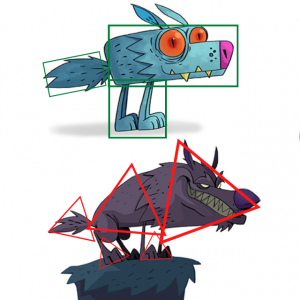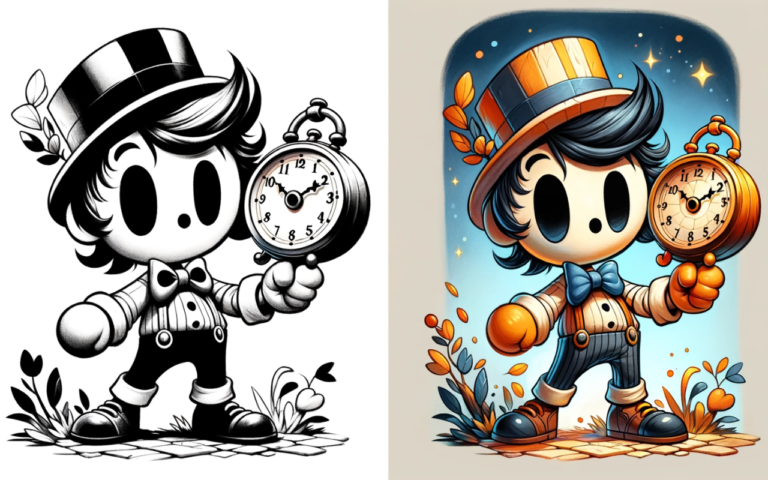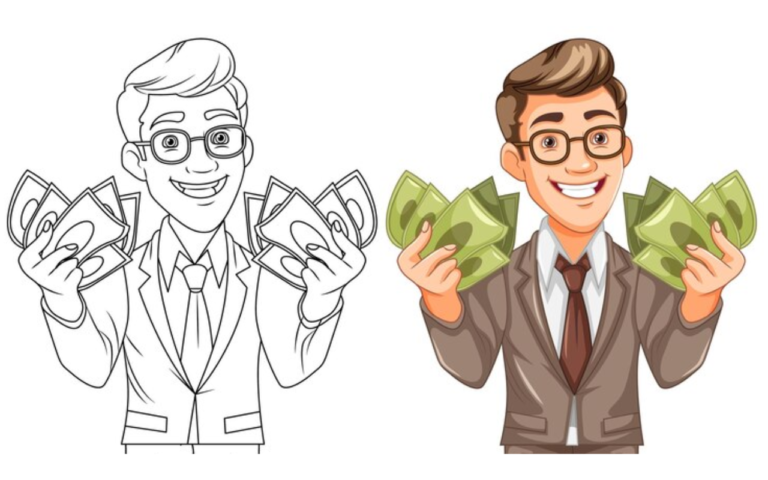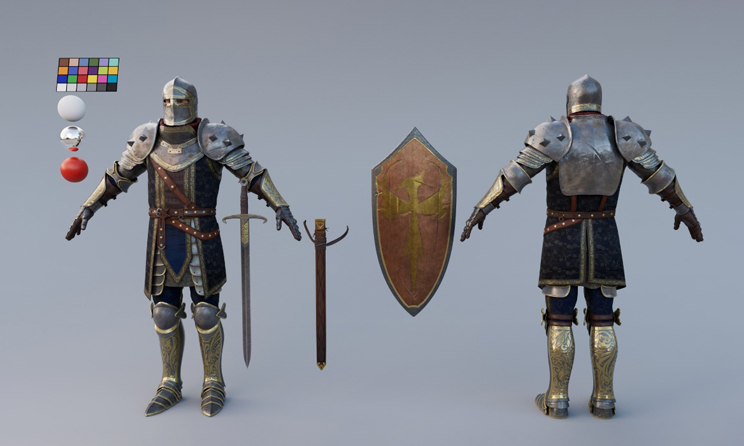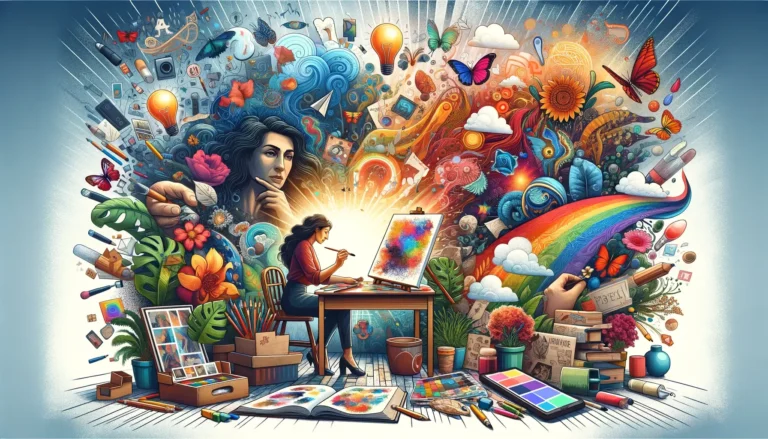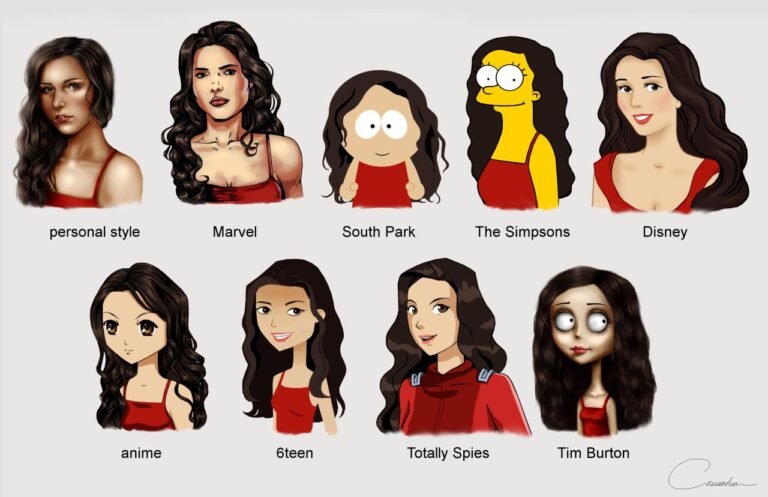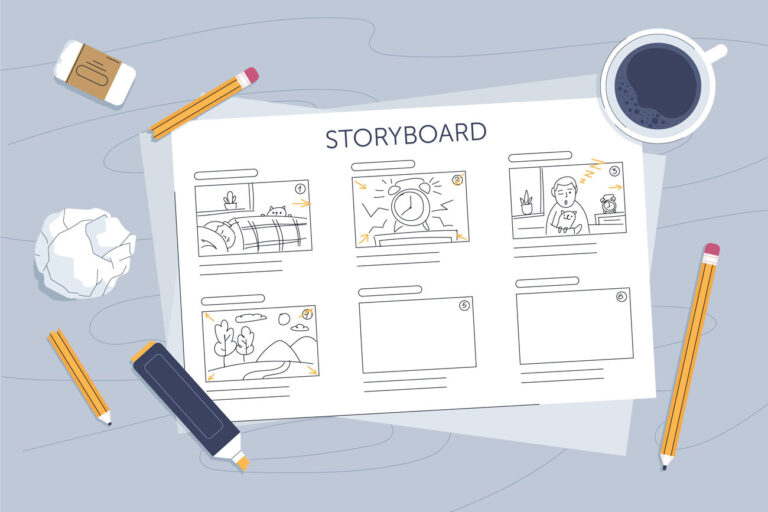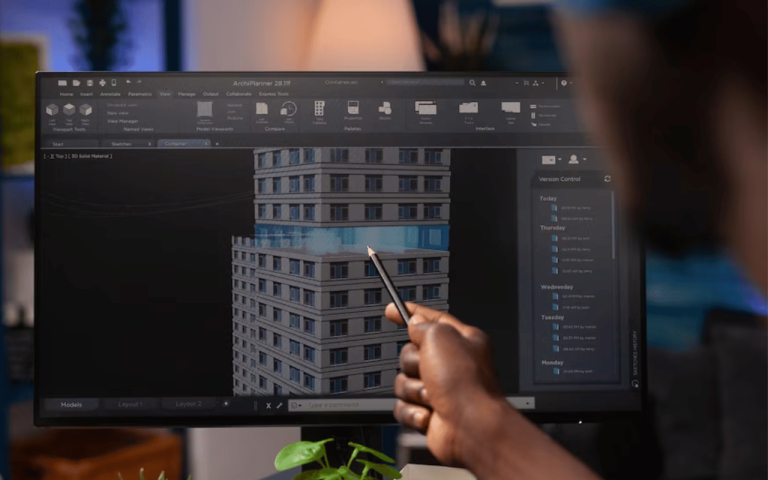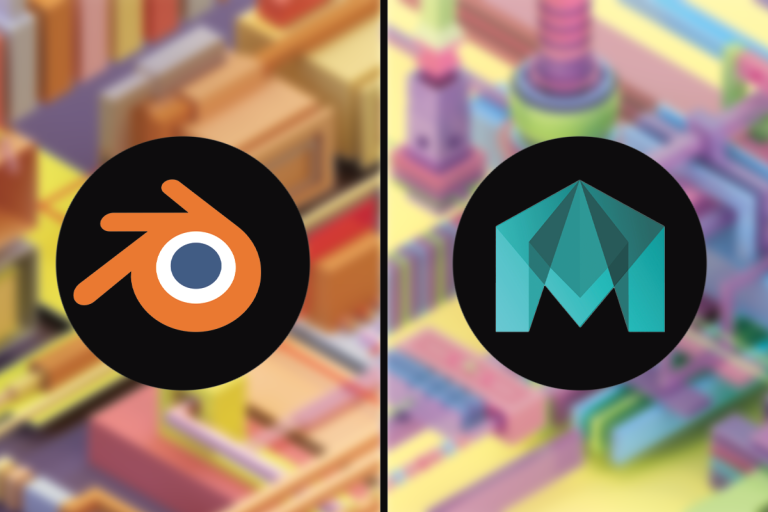Shape language is not like what we use to speak; it is what we use to design. This technique helps you to communicate and push the character’s appeal. Creating the visual elements using shape language can represent the goal of the design as best as possible. The shape language technique is to specify the look and appearance of the background or character design by choosing a suitable shape for each one. You can make audiences understand the purpose of your design by using character shapes correctly and appropriately.
What is Shape Language?
Shape language is an important design technique that considers the psychological and emotional impact of different shapes. Geometric shapes like circles, squares, and triangles convey stability, structure, and simplicity. Organic, free-flowing shapes create a natural, relaxed feeling. The direction and flow of shapes can guide the viewer’s eye through the composition.
Contrasting shapes create visual interest and balance, while unity is achieved through repeating shapes to create harmony. Using minimalistic, simplified shapes often enhances focus on the core message. Shape selection impacts the overall tone – angular shapes feel forceful while curved shapes feel calmer. Thoughtful use of shape in design evokes meaning, emotion, and visual hierarchy for powerful visual communication.
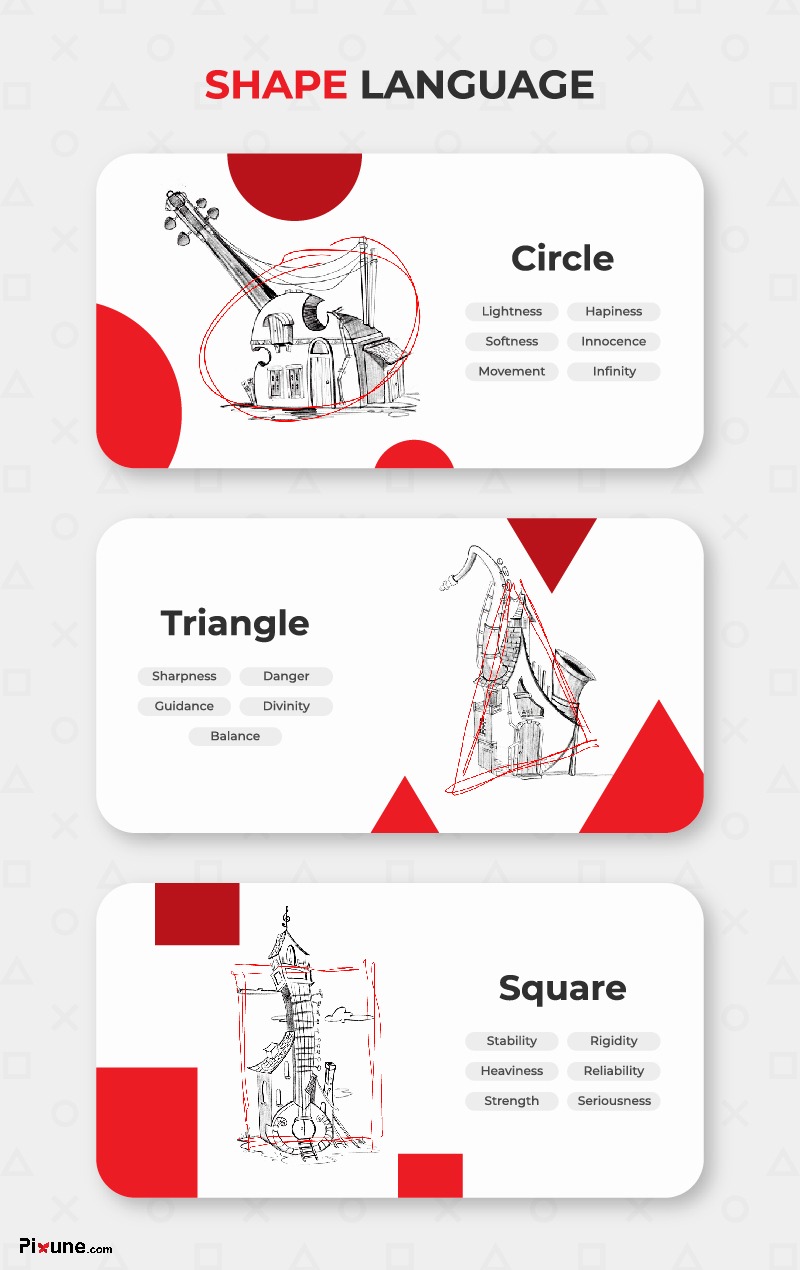
Orientation of Lines
Before breaking into shapes, let’s talk about the orientation of lines. We want to discuss horizontal, vertical, and diagonal lines because it’s essential to know the differences in meanings.
Horizontal Lines

- Peaceful
- Grounded
- Calm
- Stable
- Peaceful
- Grounded
- Calm
- Stable
Vertical Lines
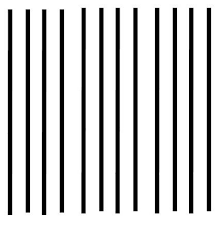
- Active
- Power
- Growing
- Active
- Power
- Growing
Diagonal Lines

- Turbulence
- Unrest
- Dynamic
- Turbulence
- Unrest
- Dynamic
Language of Shapes
Now it’s time to crack up these 3 geometric shapes in Design.
Triangles, squares, and circles are the most basic geometrical shapes everyone knows. Shape theory character design not only can help you in drawing but also in making sense of shape language in art.
Circles reflect harmony, triangles symbolize power, and squares represent solidity in shape psychology.
1. Circle Shape Language
Circles usually come to mind with bubbles, clouds, wheels, etc. Their roundness and smooth surface create a sense of freedom in movement.
Symbolic meaning of Circle in art psychology: The circle represents unity, wholeness, infinity, and the cyclic nature of life. It has no beginning or end and suggests inclusion, protection, and perfection. Circles convey a sense of community and completeness.
Circles are also known as stop signs in driving.
2. Triangle Shape Language
They are often used to convey danger, evil, and unpredictability. Triangles give a sense of action & power. They symbolize strength despite the conflict.
Symbolic meaning of Circle in art psychology: The triangle is associated with action, tension, and conflict. It represents energy and dynamism. Triangles can symbolize science, law, and religion. They suggest stability and sturdiness due to their wide base.
Danger and warnings are expressed with triangular signs.
3. Square Shape Language
They are not flashy as far as others are. They are used to add depth to characters. Squares can give the sense of being stubborn, sturdy, reliable, and supportive.
Symbolic meaning of Circle in art psychology: The square represents stability, balance, structure, and permanence. It connotes safety, shelter, and containment. Squares suggest logic, order, and predictability. They are seen as masculine shapes.
Squares are also used in some road signs to inform drivers.
Read More: Meaning of Shapes in Psychology
Case Study:
Pay attention to the picture below and think about their mentioned features.
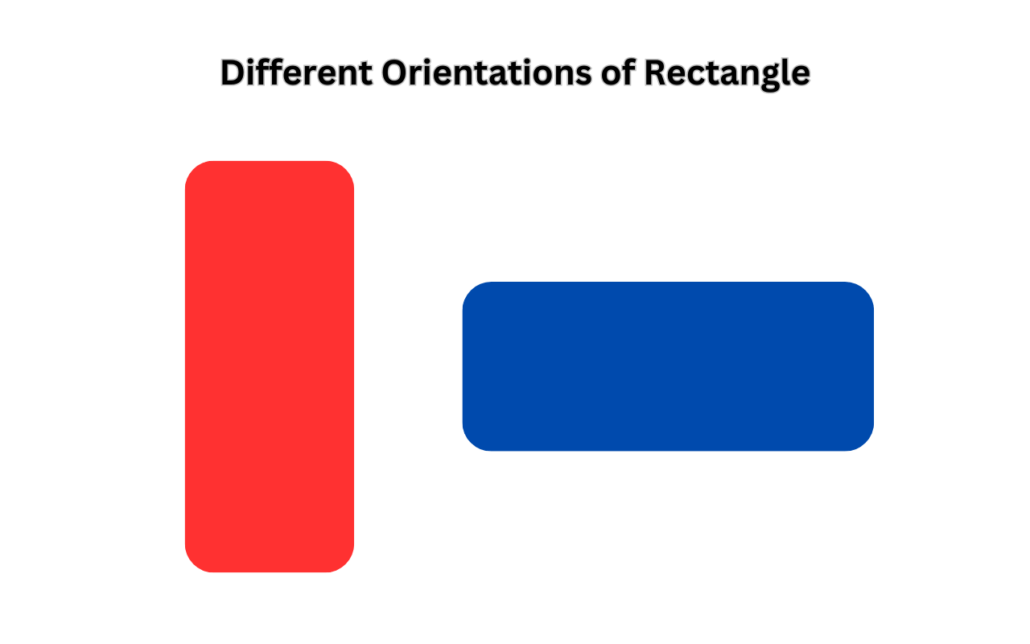
The orientation of the left shape is vertical, so we can understand that designs based on this shape are active and full of power. However, the shape on the right hand is horizontal and a symbol of stability and calmness.

According to what we have discussed so far, the picture on the right hand is calmer and more stable because of the horizontal shapes. But the left one is more active and growing based on the vertical orientations.
Shape Theory Character Design
Shape theory in character design process is a basic concept that involves using geometric shapes such as circles, squares, and triangles to create a sense of balance, proportion, and harmony in character designs. Designers carefully choose shapes to communicate desired attributes and set a composition’s visual tone.
Character shapes can convey specific emotions and personality traits. The shape language theory also effectively creates more memorable and engaging designs because it can greatly enhance a character’s visual appeal and communicative power.
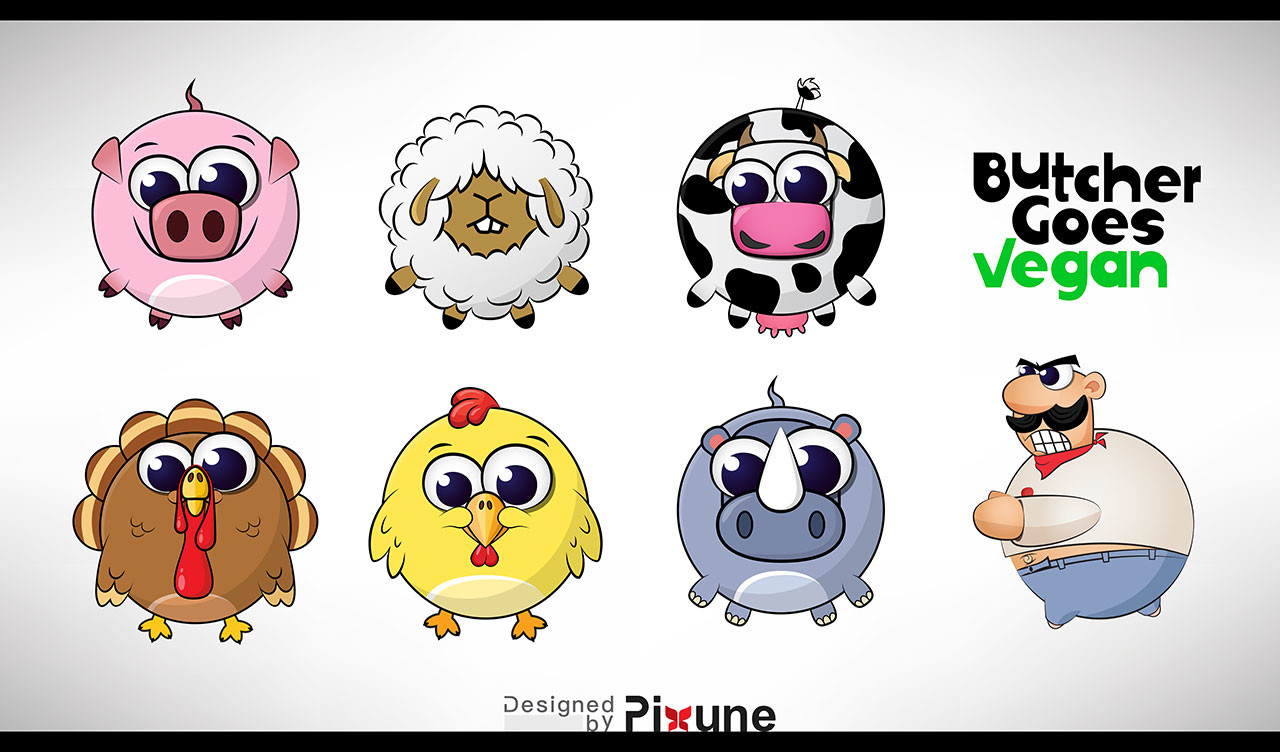
Shape Language Character Design
Storytelling goes with the characters, and the character design studios or designers who create these characters must design them to be memorable and unique.
The designers are responsible for creating their shape, personality, and attitude. Shape language in art is the critical technique that is involved. The question is, how?
Let’s see.
Character Design Shapes
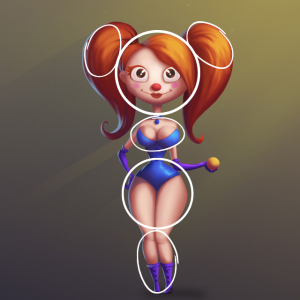
This character from the crazy clowns’ project is designed to be fast, cute, friendly, athletic, and kind. According to the picture, you can realize the purpose of using ovals and circular shapes.
The square and rectangle shapes signify the first character’s sense of weight, honesty, and stubbornness.
Use character design shapes to exaggerate size and fear or heighten your audiences’ awareness of danger and intelligence in your triangular design.
How to Use Shape Language in Background Design?
Let’s use the power of shapes for a background design in 3 simple steps:
Step 1 - Pick a Shape
Select one of those basic shapes based on the mentioned meanings, which will drive the style of your background or character design.

Step 2 - Sketch Silhouette
Use your chosen shape as an inspiration for buildings and structures. I have chosen a triangle because I want my design to be the symbol of power and danger.

Now you can complete the design in the way you want.
Step 3 - Create Your Style
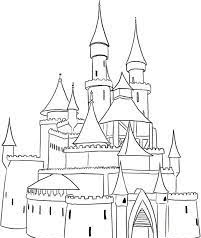
Final Design
Who Created Shape Language?
Christopher Alexander, a designer, and instructor, is credited with popularizing the idea in the field of architecture and design. In his 1977 book “A Pattern Language: Towns, Buildings, Construction,” Alexander established the concept of “pattern languages”.
Since then, shape language has been used in various industries, including video game development, animation, and graphic design.
Is Shape Language Necessary?
Yes, as it may express feelings, thoughts, and concepts without the use of words, shape language can be an important tool for visual communication and design. Designers can create visual elements that convey specific feelings or ideas using different shapes and their properties, such as sharpness, roundness, or symmetry.
Power of Shape Language
As you see, shape language is one of the most practical techniques in designing character, game background design, and objects. Although there are many techniques to convey the character’s personality, the most effective technique is the one we analyzed. Basic shapes and their meanings are always in sight and recorded in mind; this is why they can walk your audiences through your goals.
